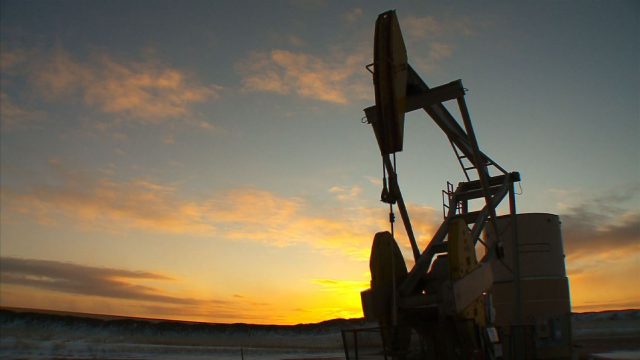Ron Ness: Setting The Record Straight On North Dakota Spills

North Dakota has a very strict regulatory system, and it is often one that is looked at by other states – and in some cases, other countries – when they are working to construct their own regulations. This has been evidenced by the parade of state, federal and international officials who have come through our state in the past ten years to tour and learn from us.
One of the areas where we are among the strictest in the nation is in spill reporting requirements. North Dakota is required to report the release of any fluid, including fresh water, in quantities equaling one barrel (42 gallons) or greater no matter where that spill occurs. Many other states place that threshold at at least 5 barrels and even higher on well locations.
Such a low threshold gives the impression that there are many spills in North Dakota causing mass pollution to our landscape, but this could not be further from the truth. To clear up some of these misperceptions, here are some statistics that shed some light on the true situation in western North Dakota:
- About three of every four spills or releases that occur actually take place on specially designed and constructed sites. These sites include berms that prevent fluids from leaving the site and multiple layers of liners and clay that protect the land below it. That means that any spills are quickly and easily cleaned up with no environmental impact to the land around or below it.
- The fourth spill may take place off site, but these are often small and easily and quickly cleaned up. In fact, 99 percent of all spills are resolved in the field within 30 to 180 days of the incident, and the remaining 1 percent is inevitably resolved.
- Production has gone up substantially while the volume of fluids spilled has decreased in recent years. According to research by the University of North Dakota Energy and Environmental Research Center, only about .005 percent of the total oil produced was released in 2014 while .01 percent of the brine produced was released. To put this into perspective, this would be about the equivalent of a mere half of one cup of water being spilled from a typical Olympic-sized pool.
- Every spill – 100 percent of them – are cleaned up. While every spill is reported, no matter the scale or location, one thing remains true: very few – if any – finalized clean-ups are ever reported on by the media, which only perpetuates negative and false stereotypes.
- Finally, the accusation that current regulations “enable” the industry to spill crude oil is seriously lacking in fact. Spills are extremely costly. Not only do they needlessly put stress on a company’s relationship with landowners, but they can cost hundreds of thousands of dollars and sometimes even millions of dollars to clean up. These are costs borne entirely by the company responsible. A penny saved is a penny earned, especially during times of low oil prices, which is in itself a strong deterrent against spills. To assume that the state’s penalty and fining policy somehow encourages spills is not only preposterous, it’s downright dishonest.
The true story of western North Dakota is that industry and others are working with lead researchers at University of North Dakota and North Dakota State University to formulate and apply the latest finding and technologies to not only better remediate spills, but prevent them. Millions of dollars have been spent by industry or contributed to these institutions to improve the way we recover our resources and protect our environment.
North Dakotans have always been a people who work together rather than against one another, and this includes in the development of our resources. There will be many exciting announcements in the future showing how this collaborative spirit can produce amazing results. We only hope misleading reports and incorrect stats don’t erode that spirit, and we can continue to work together to advance this great state.




